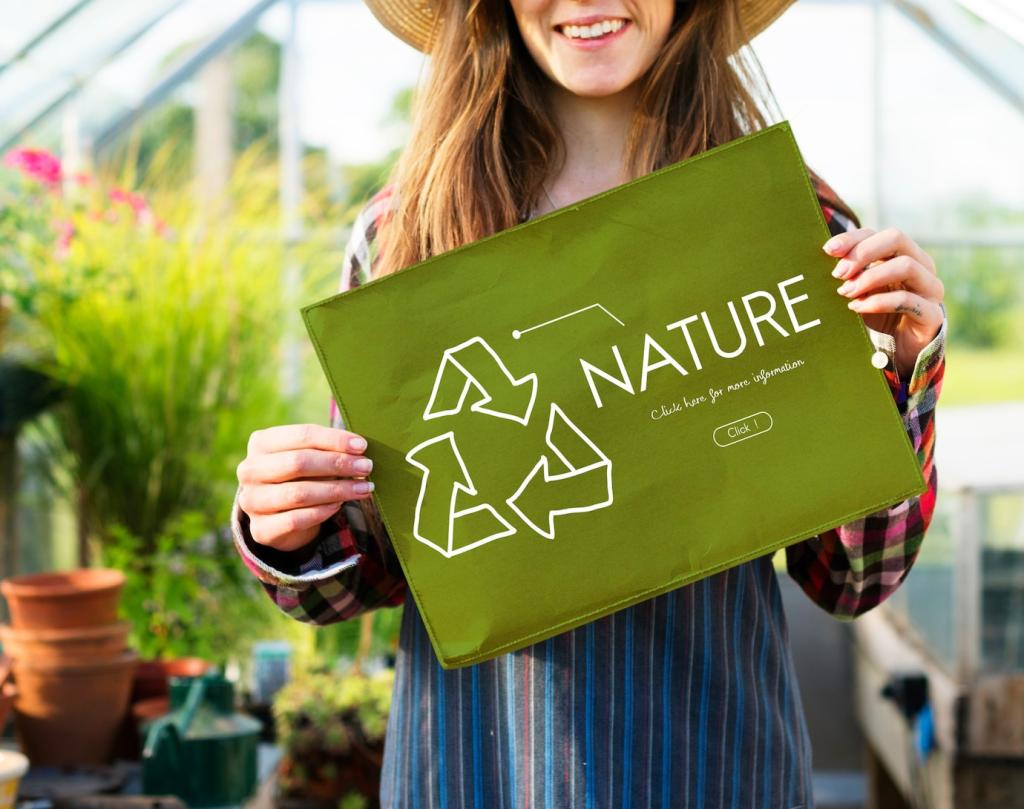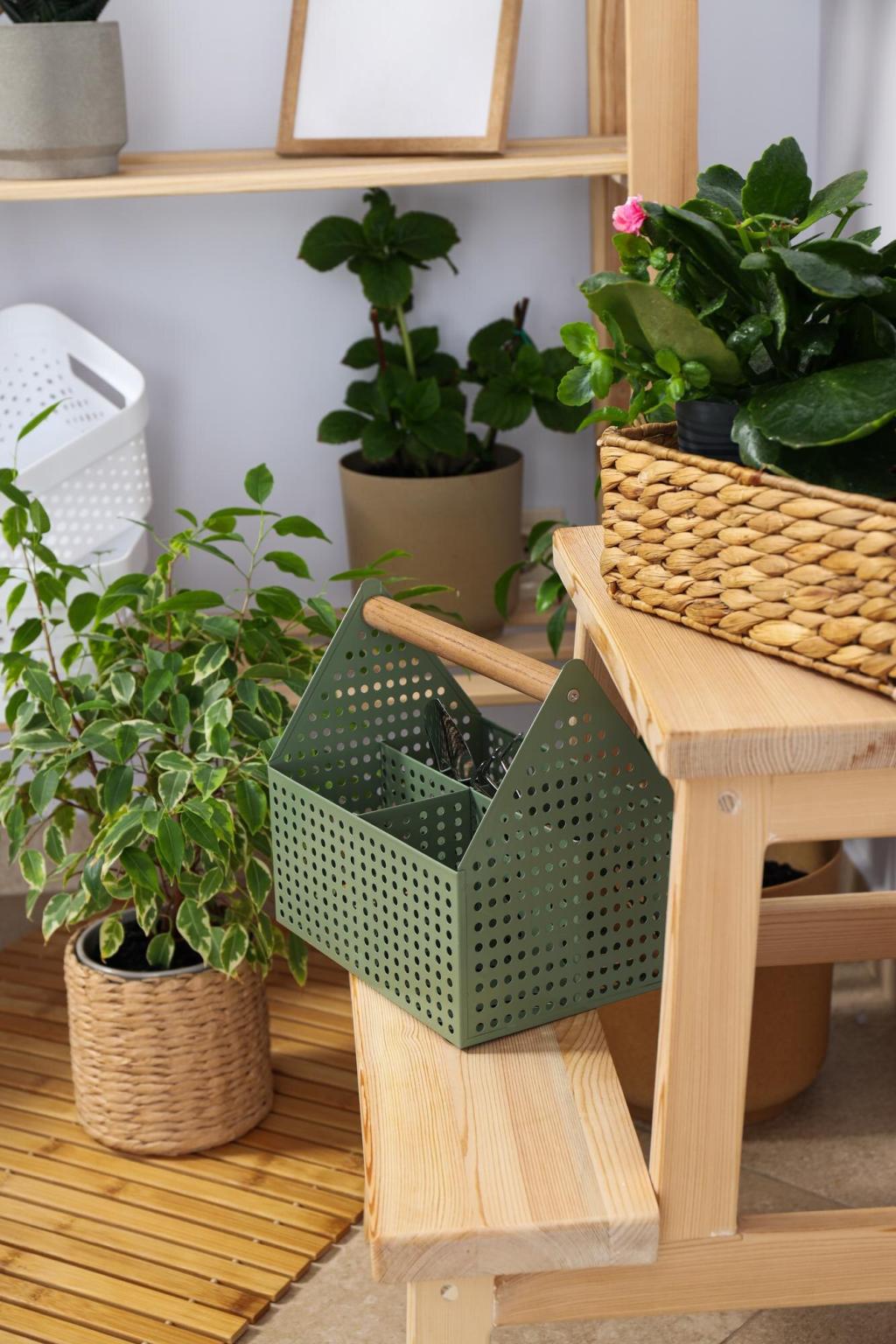Where History Meets Sustainability
Look for deconstruction companies, architectural salvage yards, and verified marketplaces that document origin and treatment history. Seek certifications like FSC Recycled, ask about kiln-drying and denailing, and prefer locally sourced stock to cut transport emissions while preserving the wood’s authentic patina.
Where History Meets Sustainability
Ethical reclamation begins with permission, safe practices, and transparent documentation. Advocate deconstruction over demolition, ensuring materials are carefully removed, sorted, and prepared. This protects workers, preserves more usable wood, and reduces waste while retaining the character that makes reclaimed timber uniquely compelling.








